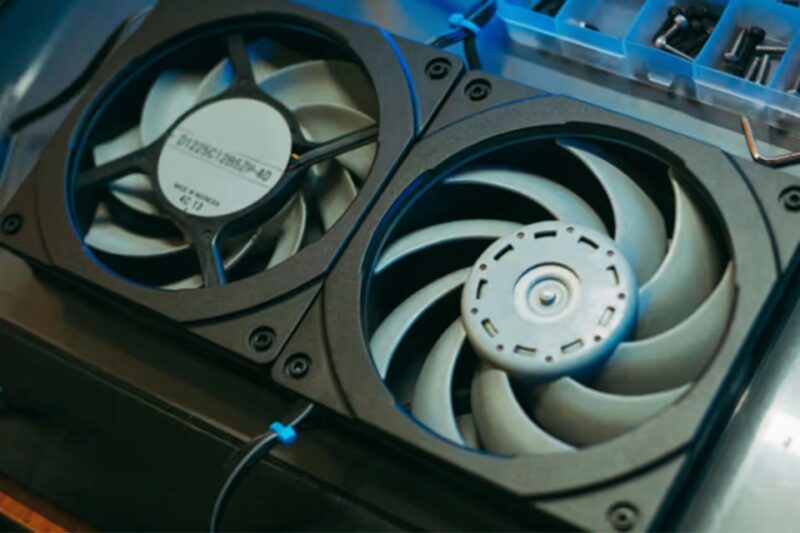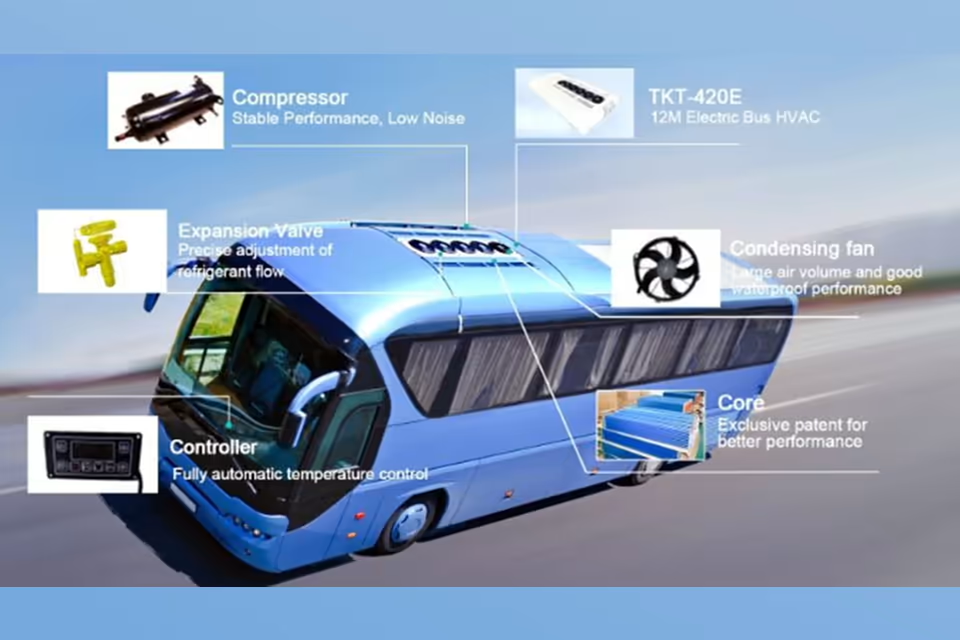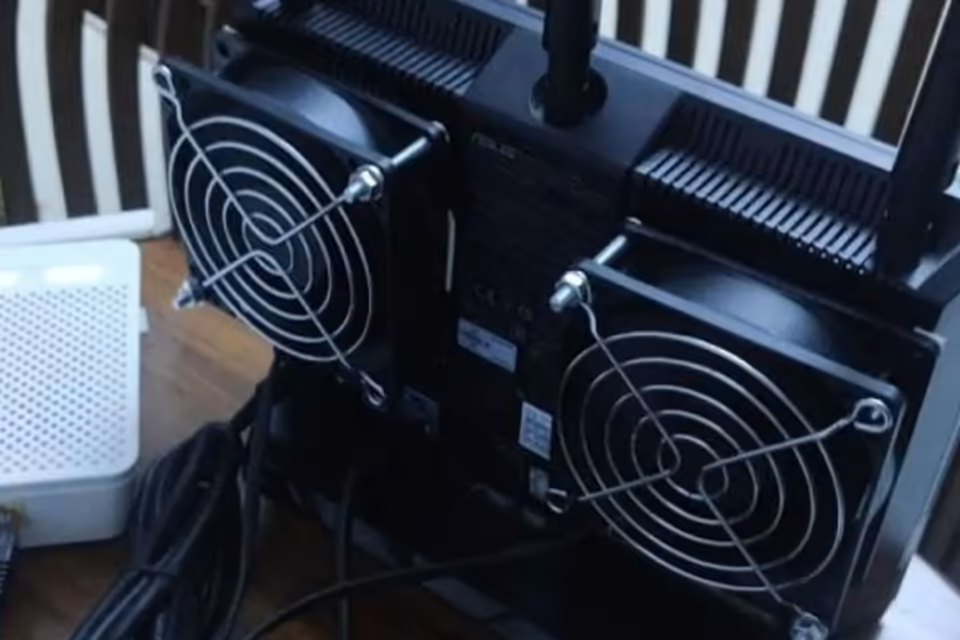Nos intrincados ecossistemas de dispositivos eletrónicos e veículos, as ventoinhas de arrefecimento são os heróis anónimos, os sentinelas silenciosos que trabalham incansavelmente para dissipar o calor prejudicial gerado pelos componentes internos.
No entanto, como todos os componentes mecânicos, não são infalíveis. Uma falha súbita pode levar a uma cascata de problemas, desde encerramentos do sistema e perda de dados até danos catastróficos no motor.
Compreender as causas profundas da queima e falha da ventoinha de arrefecimento é fundamental para quem procura prolongar a vida útil do seu valioso equipamento. Os culpados são variados, desde insidiosas bolas de pó a complexos problemas elétricos.
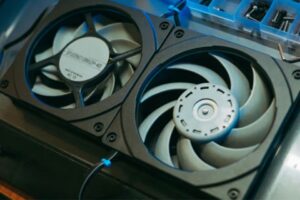
Os Fundamentos Elétricos da Falha
Uma parte significativa das falhas das ventoinhas de arrefecimento pode ser rastreada até aos intrincados sistemas elétricos que as alimentam e controlam. Um fusível queimado é frequentemente o primeiro e mais óbvio sinal de um problema elétrico.
Os fusíveis são projetados para serem os bodes expiatórios, protegendo o motor da ventoinha de corrente excessiva. Uma sobrecarga de energia ou um curto-circuito fará com que o fusível queime, cortando imediatamente a energia para a ventoinha.
Estreitamente relacionados com os fusíveis estão os relés, que atuam como interruptores eletromagnéticos. A unidade de controlo do motor (ECU) ou um sensor de temperatura envia um sinal para o relé, que então permite que a energia flua para o motor da ventoinha. Os relés podem falhar devido à idade, corrosão ou uma sobrecarga elétrica, impedindo que a ventoinha seja ativada quando necessário.
Os sistemas de arrefecimento modernos também dependem de uma rede de sensores, principalmente sensores de temperatura do líquido de arrefecimento, para determinar quando a ventoinha precisa ser ativada. Um sensor defeituoso pode não enviar o sinal correto para a ECU, deixando a ventoinha inativa mesmo quando as temperaturas sobem para níveis críticos.
Além disso, problemas dentro do chicote de fiação, como corrosão, fios desgastados ou conexões soltas, podem interromper o fluxo de eletricidade para o motor da ventoinha, tornando-o inútil.
Mesmo problemas aparentemente menores, como tensão instável ou fontes de alimentação de baixa qualidade, podem sobrecarregar o motor e os componentes eletrónicos da ventoinha ao longo do tempo, levando a uma falha prematura.
O Desgaste Mecânico: Desgaste, Deterioração e Obstruções
O movimento constante de uma ventoinha de arrefecimento leva inevitavelmente ao desgaste mecânico, um dos principais contribuintes para a sua eventual falha. Os rolamentos, que permitem que as pás da ventoinha girem suavemente, são particularmente suscetíveis a falhas.
There are several types of bearings used in cooling fans, each with its own lifespan and failure characteristics.
- Sleeve Bearings:These are a cost-effective option but have a shorter lifespan, typically around 30,000 to 40,000 hours. They are prone to wear and can become noisy over time as the lubricant dries out. Their performance is also sensitive to orientation.
- Ball Bearings:Offering a longer lifespan of 60,000 to 75,000 hours, ball bearings are more reliable and can be mounted in various orientations. However, they can be slightly noisier than other types and are more susceptible to damage from physical impact.
- Fluid Dynamic Bearings (FDB):Considered the gold standard, FDBs have an exceptionally long life expectancy of up to 300,000 hours. They operate with a thin film of pressurized fluid, resulting in minimal friction and wear.
Beyond the bearings, the fan blades themselves can become a source of failure. An imbalance in the blades can cause excessive vibration, leading to premature wear on the motor and bearings.
Physical obstructions, such as accumulated dirt, debris, or even a stray cable, can impede the fan’s rotation, putting a strain on the motor and potentially causing it to burn out. In automotive applications, road debris can physically damage the fan blades, leading to immediate failure.
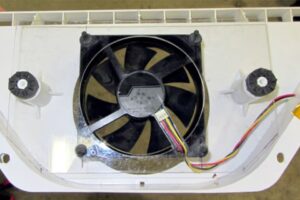
O Ataque Ambiental: Poeira, Corrosão e Calor
The environment in which a cooling fan operates plays a crucial role in its longevity. The accumulation of dust and debris is a universal enemy of cooling fans. This buildup can restrict airflow, forcing the fan to work harder and leading to overheating of the motor. Dust can also work its way into the bearings, accelerating wear and causing them to seize.
Corrosion is another significant environmental threat, particularly in humid climates or in applications where the fan is exposed to moisture. Corrosion can attack electrical connections, leading to intermittent or complete failure. In some cases, corrosive elements in the air, when combined with humidity, can even damage the internal printed circuit boards (PCBs) of the fan.
High ambient temperatures also put a strain on cooling fans. When the surrounding air is already warm, the fan must work harder to achieve the necessary cooling effect, leading to increased wear on the motor and bearings.
Sintomas de uma Ventoinha com Falha
Fortunately, a failing cooling fan often provides warning signs before it gives up completely. One of the most common symptoms is overheating of the device or engine, especially during periods of low airflow, such as idling in traffic.
Unusual noises, such as grinding, rattling, or a high-pitched whining, can indicate a problem with the fan’s motor or bearings. A visual inspection may reveal that the fan is not spinning at all, or is spinning much slower than usual. In some cases, a failing fan can lead to reduced performance of other systems, such as a car’s air conditioning.
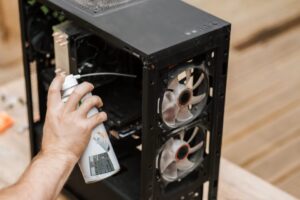
Uma Abordagem Proativa para a Manutenção da Ventoinha
While some level of wear and tear is inevitable, proactive maintenance can significantly extend the life of a cooling fan. A regular cleaning schedule to remove dust and debris from the fan blades and housing is essential. For accessible fans, using compressed air can be an effective way to dislodge accumulated dirt.
A preventative maintenance checklist can be a valuable tool:
Monthly
- Visually inspect the fan for any signs of physical damage.
- Clean the fan blades and housing of any dust and debris.
- Check for any unusual noises during operation.
- Ensure that belts (if applicable) have the proper tension and are not worn.
Quarterly
- Check for any vibrations, which could indicate an imbalance.
- Inspect electrical connections for any signs of corrosion or looseness.
Annually
- Lubricate the motor bearings according to the manufacturer’s recommendations.
- For critical applications, consider a professional inspection and servicing.
By understanding the diverse causes of cooling fan failure and adopting a proactive maintenance approach, we can ensure these vital components continue to perform their silent but crucial duty, safeguarding our technology and machinery from the ever-present threat of heat.

